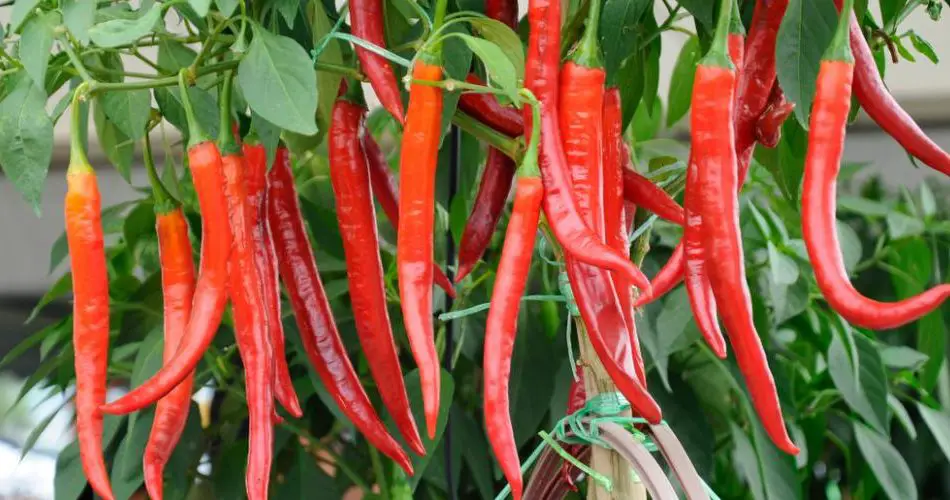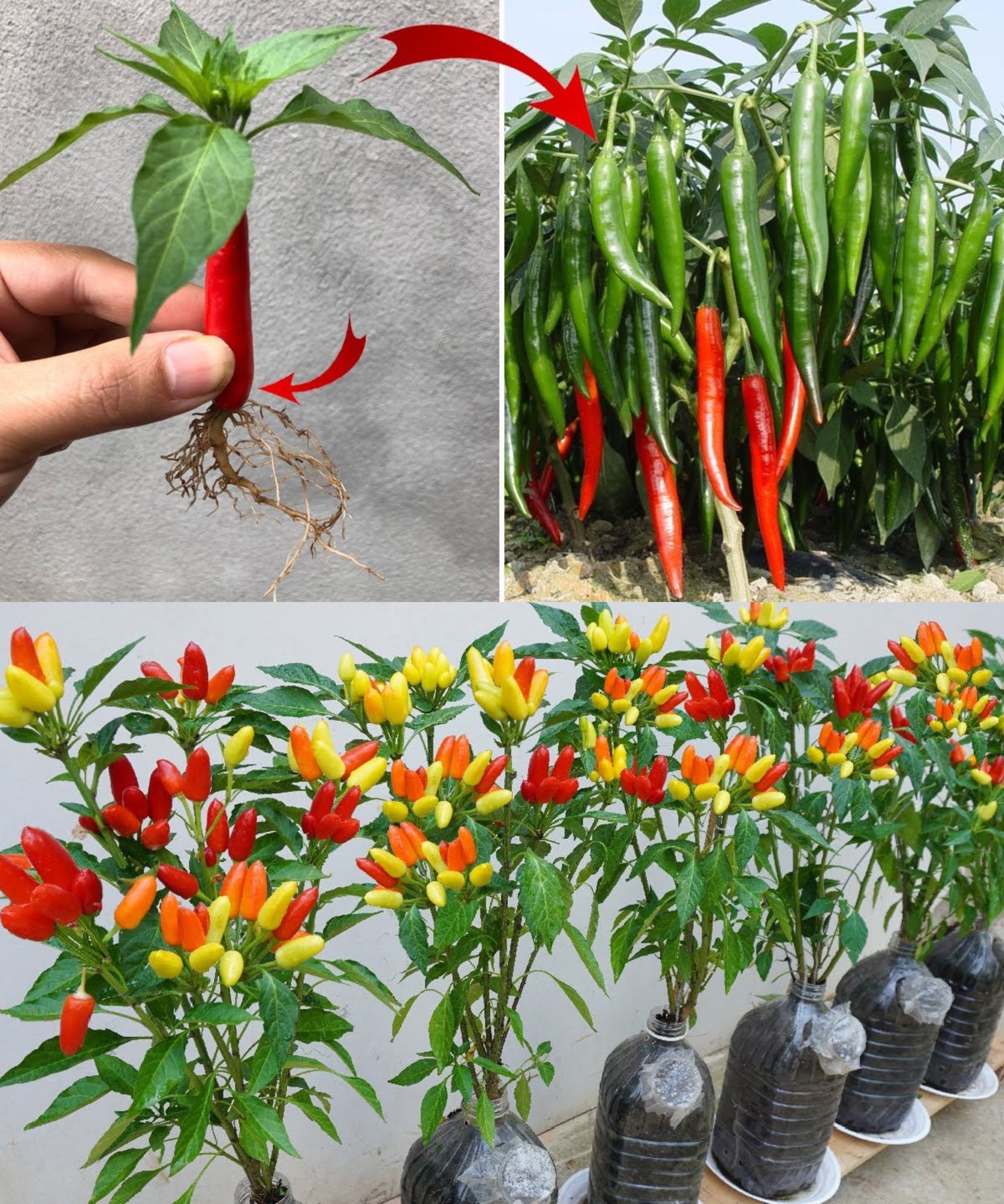
Growing chili peppers in pots offers an accessible and sustainable way to ensure a constant supply of fiery goodness at your fingertips. This guide outlines a straightforward approach for individuals aiming to embrace self-sufficiency in pepper production, eliminating the need to buy peppers regularly.
1. Selecting the Right Chili Pepper Varieties:
- Choose chili pepper varieties that suit your taste preferences and desired spice level.
- Consider compact or dwarf varieties, ideal for container gardening.
2. Acquiring Essential Materials:
- Gather materials such as suitable pots or containers with drainage holes, high-quality potting mix, chili pepper seeds or seedlings, and a sunny location for your plants.
- Ensure access to at least 6-8 hours of sunlight daily or supplement with grow lights.
3. Planting Chili Pepper Seeds or Seedlings:
- Option 1: Plant chili pepper seeds indoors 8-10 weeks before the last frost date. Transplant seedlings into pots when they are 2-3 inches tall.
- Option 2: Purchase young chili pepper plants from a nursery for a quicker start.
4. Providing Optimal Growing Conditions:
- Place the pots in a sunny location with well-draining soil.
- Maintain a warm environment, as chili peppers thrive in temperatures between 70-90°F (21-32°C).
5. Watering and Feeding:
- Keep the soil consistently moist but not waterlogged.
- Fertilize chili peppers with a balanced liquid fertilizer every 2-4 weeks during the growing season.
6. Container Size and Spacing:
- Choose containers with a minimum diameter of 12 inches, allowing enough space for root development.
- If growing multiple plants, space them at least 12-18 inches apart.
7. Pruning and Pinching:
- Pinch off the tips of young plants to encourage branching and bushier growth.
- Remove any yellowing or dead leaves regularly.
8. Staking for Support:
- Provide support with stakes or cages for larger pepper varieties to prevent the plants from toppling over.
9. Pest Management:
- Monitor for pests like aphids or spider mites.
- Use natural remedies like neem oil or insecticidal soap to control infestations.
10. Harvesting Chili Peppers: – Harvest chili peppers when they reach their mature color and size. – Use scissors or pruning shears to avoid damaging the plant.
11. Drying and Storing: – Dry excess peppers by stringing them or using a food dehydrator. – Store dried peppers in airtight containers for future use.
By following these steps, you can establish a sustainable and convenient source of chili peppers at home. Growing chili peppers in pots not only provides a fresh and cost-effective supply but also allows you to experiment with different pepper varieties and flavors right from your own garden.
